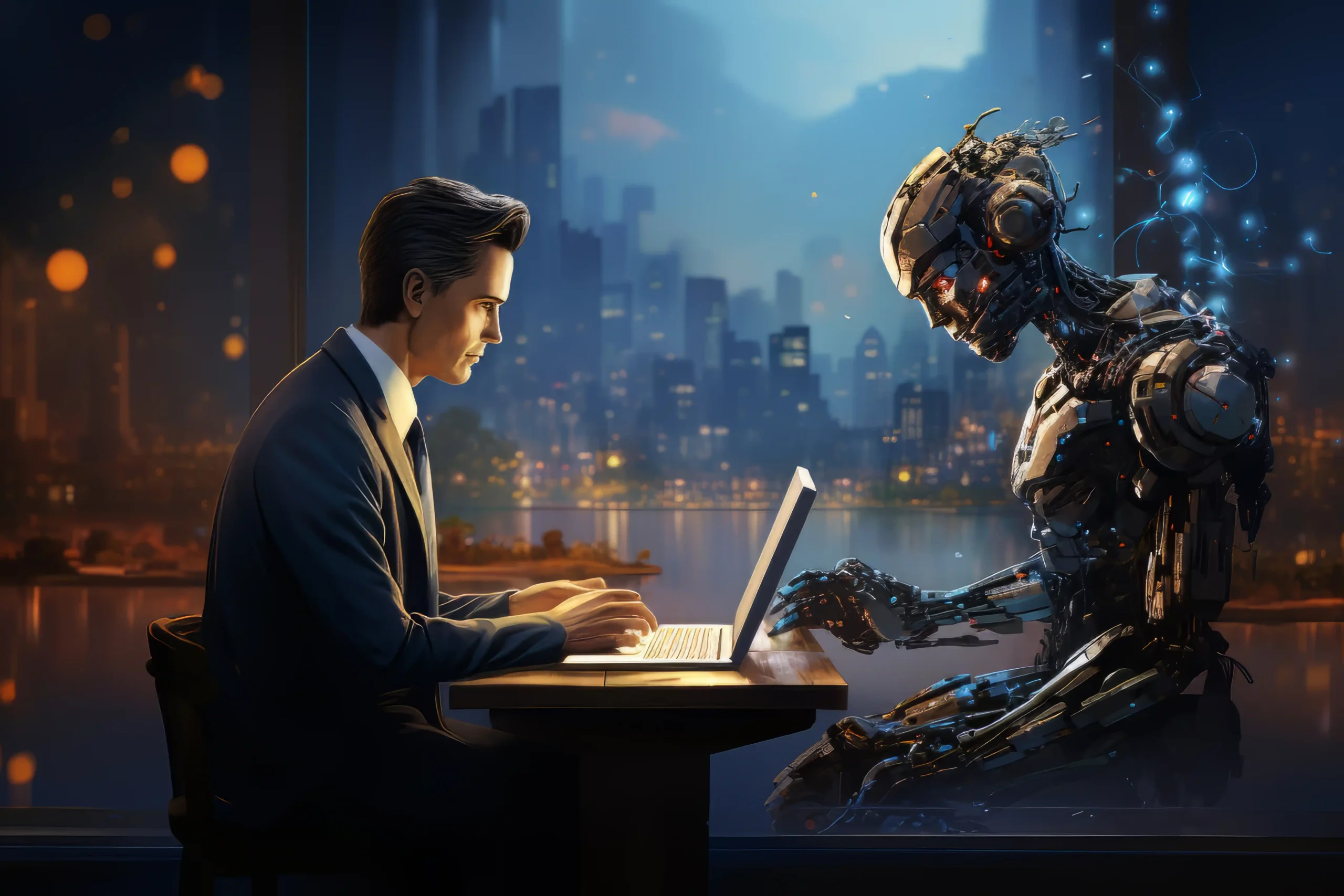Introduction: The Internet Is Evolving – But Where Is It Headed?
The internet is no longer just a tool – it’s our second home. From social networking and online education to digital banking and AI-generated content, our digital lives are evolving at an unprecedented pace. But two massive forces are now competing to shape the internet’s next phase: Web3 and Artificial Intelligence (AI).
As we enter 2025, the big question is: Will the internet become decentralized and user-owned (Web3)? Or smarter, faster, and more predictive (AI)?
This article dives deep into both technologies, breaks down their use cases, and explores how Indian students, professionals, and businesses can prepare for this digital transformation.
What is AI (Artificial Intelligence)?
AI refers to the development of machines that can perform tasks requiring human intelligence — such as learning, decision-making, problem-solving, and even creativity.
Key Applications of AI:
- Chatbots & Virtual Assistants (like ChatGPT or Google Assistant)
- Healthcare Diagnostics
- Self-driving Vehicles
- Predictive Analytics in Marketing
- AI-based Video & Content Creation
India & AI Adoption:
- According to Nasscom, over 70% of Indian startups are now integrating AI in some form.
- Government of India has launched initiatives like RAISE (Responsible AI for Social Empowerment) to promote ethical AI development.
What is Web3?
Web3, or Web 3.0, is the next version of the internet — decentralized and owned by users rather than big tech companies. It’s built on blockchain and focuses on data privacy, digital ownership, and open protocols.
Key Features of Web3:
- Decentralized Apps (DApps) – no single authority controls them.
- Smart Contracts – self-executing agreements on blockchain.
- NFTs & Digital Assets – allowing creators to own and monetize content.
- DAOs (Decentralized Autonomous Organizations) – user-governed communities.
India’s Role in Web3:
- India ranks among the top 3 countries in crypto adoption (Chainalysis Report, 2023).
- Startups like Polygon and WazirX are already shaping global Web3 innovation from India.
AI vs Web3: Key Differences
|
Feature |
AI |
Web3 |
| Control | Centralized (often by big tech or institutions) | Decentralized (controlled by users) |
| Focus | Automation & decision-making | Ownership & transparency |
| Data Handling | Gathers & processes massive data | Returns data control to users |
| Examples | ChatGPT, Google Bard, Tesla Autopilot | Ethereum, OpenSea, Uniswap |
| Challenges | Bias, ethical issues, job disruption | Scalability, regulation, adoption barriers |
Which One Will Shape the Next Decade — and How?
1. AI Will Dominate Everyday Utility
From personalized learning apps for Indian students to AI-powered recruitment in IT firms, AI is already transforming lives. Expect AI to:
- Power voice-based UPI payments in regional languages
- Revolutionize EdTech with customized learning paths
- Help farmers with AI-driven crop insights
Example: Indian EdTech platforms like Byju’s and Unacademy are integrating AI to create adaptive learning experiences.
2. Web3 Will Redefine Ownership & Trust
While AI dominates efficiency, Web3 focuses on trust and ownership — two things increasingly valuable in our data-driven world.
Use Cases in India:
- Creators owning digital art via NFTs
- Blockchain-powered land records in states like Andhra Pradesh
- Crypto-based microtransactions for rural and gig economy
Example: Indian musicians can use Web3 platforms like Audius to publish music without middlemen.
Will They Compete or Coexist?
Rather than battling, Web3 and AI will likely complement each other.
Example:
An AI model trained on blockchain-verified data could become more accurate and trustworthy. Meanwhile, Web3 platforms could use AI to offer smarter contracts and recommendations.
So, instead of “AI vs Web3,” the future might be “AI on Web3” — where smart algorithms run on decentralized networks.
What Should Indian Users Do Today?
Whether you’re a college student in Pune, a software engineer in Bengaluru, or an aspiring YouTuber in Delhi, here’s how you can stay ahead:
For Students:
- Learn AI tools like ChatGPT, Midjourney, or Python.
- Explore Web3 basics via platforms like Coinbase Learn or Solana University.
For Professionals:
- Upgrade your resume with AI certifications (Google, IBM, Coursera).
- Explore freelancing in Web3 ecosystems or DAOs.
For Creators & Entrepreneurs:
- Use AI for content generation and analytics.
- Mint your work as NFTs or launch communities on decentralized platforms.
Read Also: Gadgets From the Future: 2025’s Smartest Tech You Didn’t Know You Needed
Conclusion: The Future of the Internet Isn’t Either-Or — It’s Both
The 2025-2035 decade won’t be owned by just one technology. While AI makes the internet smarter, Web3 will make it fairer and more transparent.
If you’re an Indian student, business owner, or professional — you don’t have to choose between the two. Instead, start learning and experimenting with both. The next big opportunity might be waiting for you on the intersection of AI and Web3.





